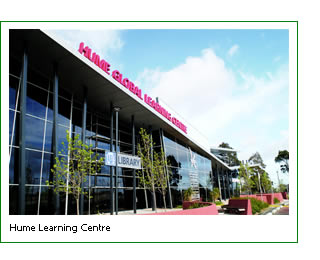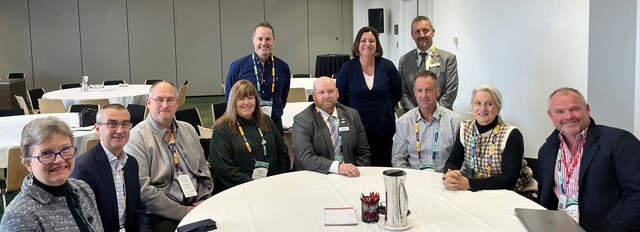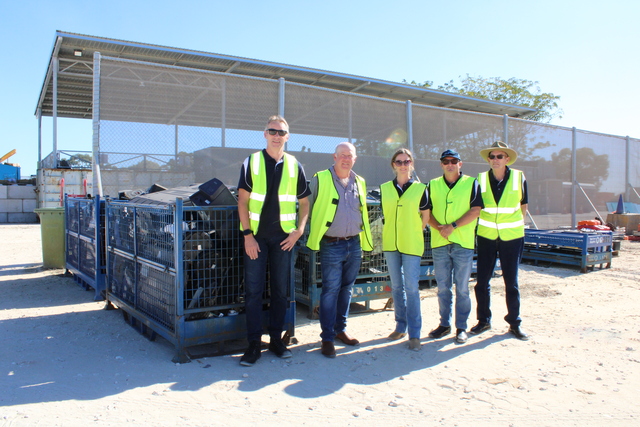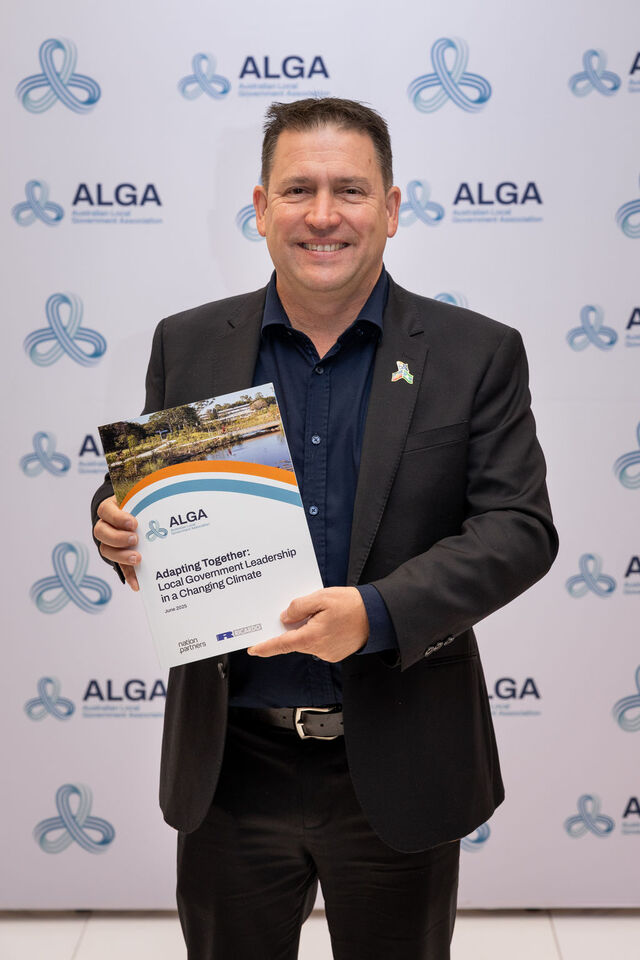Hume City is experiencing significant and sustained growth in population, residential investment and industrial and commercial investment. Over the past five years, the annual population growth has been 4.4 per cent, residential investment was over $5 million per week and industrial and commercial development averaged $2 million per week. To ensure the City can sustain and support this rapid growth, Council has been undertaking a number of initiatives to ensure the best possible future for the City. In 2004, Hume City Council undertook unprecedented levels of community engagement to develop the community’s Hume City Plan 2030.
As Hume Mayor, Councillor Adem Atmaca, explains, “the engagement included distribution of brochures to all residents and organisations, household telephone surveys, the preparation of discussion papers, hosting 23 community forums and the involvement of all key stakeholders (businesses, clubs, schools and learning organisations, government agencies and volunteer groups).”
“The Plan details the community’s vision for Hume City to be recognised as the ideal location for healthy living, lifelong learning, employment, recreation, enjoyment and prosperity. Together we have outlined 328 community actions to be undertaken by Council and/or its many community partners over the next 25 years to ensure this vision comes to fruition,” he said.
Creating employment and lifelong learning opportunities
As part of its long term vision for the future of the City, Council has played a key role in increasing business investment in Hume to enhance the economic development and employment opportunities within the City.
Hume Mayor Councillor Adem Atmaca believes Council’s multifaceted approach to supporting business is making a difference.
“Council facilitates meetings between potential businesses and Council’s Planning Department to streamline planning processes. We have a number of programs to support small and large businesses including publishing a quarterly magazine Economic Update; providing small business with advice and access to programs; creating networking opportunities for businesses to learn, share ideas and promote each other; and recognising businesses throughout the City as part of an awards event for innovation in business, building, energy savings and environmental standards,” he said.
Council has also been proactive in lobbying the State Government to extend the Urban Growth Boundary in Hume to ensure there is enough land available for future investment and in turn future jobs for the City. Hume City Council CEO Darrell Treloar said “as part of the Hume Smart Growth Committee, we worked closely with business and government to ensure that the State and Federal Governments’ future planning supported the values and long term needs of our City. The work of the Hume Smart Growth Committee has been invaluable as the State Government recently announced changes to the Urban Growth Boundary which will result in a further 1,175 hectares of employment land being released which has the potential to create thousands of new jobs for residents over time,” he said. The State Government decision also means an additional 730 hectares has been made available for residential development, creating approximately 21,000 homes.
Hume City is relatively well placed in terms of the jobs provided, with 1.35 jobs available per household*. However, at the same time, Hume City has higher levels of unemployment than the Melbourne average, particularly in the southern parts of the City. To address this, in 2003 Hume City Council created the Hume Global Learning Village (HGLV) to enhance lifelong learning and employment opportunities for its residents. The HGLV is unique in Australia and a model that is rare across the world. It involves 300 members including Council, local businesses, schools, tertiary institutions, libraries, community groups and neighbourhood houses. Hume City Council facilitates the collaboration and provides funding to support the Village. The Ford Motor Company, The Age and VISY Cares are key partners in the Village.
Ken Thompson, Chairman of the HGLV committee said “the Village is unique because it overcomes former barriers that prevented people from working together more closely, sharing both resources and experiences. Using a wide range of activities and facilities that promote learning, the HGLV is building a greater pride in people, in themselves and in the community.”
The HGLV is a model that receives national and international attention. Peter Kearns, Director of Global Learning Services and Visiting Research Fellow Adult Learning Australia said “The Hume Global Learning Village has been a national pacesetter in the development of new approaches to building innovative learning communities. Its special character resides in the strong support of Hume City Council for the initiative, the broad strategic approach to fostering learning in the community, the active involvement of the community, and the key role of the Global Learning Village Advisory Board chaired by a former Premier of Victoria, John Cain. There are lessons from the Hume experience that will benefit communities across Australia, especially communities with similar socio-economic characteristics in Australian cities.”
Hume Mayor Councillor Adem Atmaca said the entire Hume community benefits from the Hume Global Learning Village. “Residents have access to a wide range of learning opportunities. It may be an informal recreational program in a local neighbourhood house, or supported access to one of the many university programs, while the local business community has access to information and support from major companies, such as Ford and The Age. This grows the capacity of local businesses and ensures an educated workforce and connected economy,” he said.
Vanessa Little, General Manager, Learning Community said there are many lessons that can be learnt from the HGLV experience if Councils are interested in adopting a similar model in their community. “Ultimately the focus must be on learning as a driver to social and economic change and on developing a collaborative model across all sectors involved in learning. Council is then seen as not only independent (therefore no ‘baggage’) but also as the most appropriate voice for the community. Council also has credibility to bring together partners who would usually be competing with one another and to focus them on strategic and systemic issues,” she said.
*ABS 2001 Census of Population and Housing








